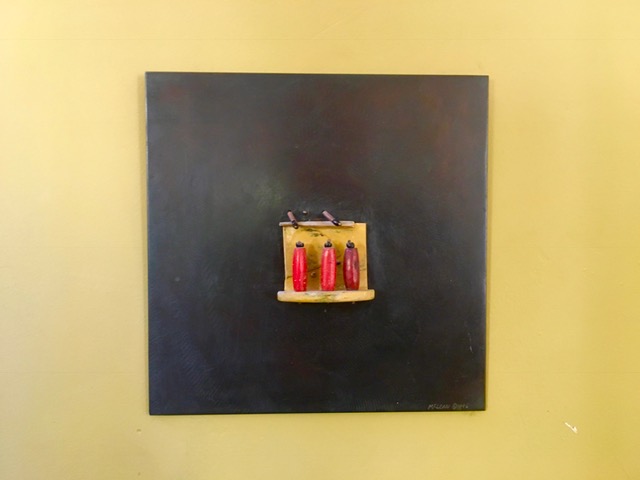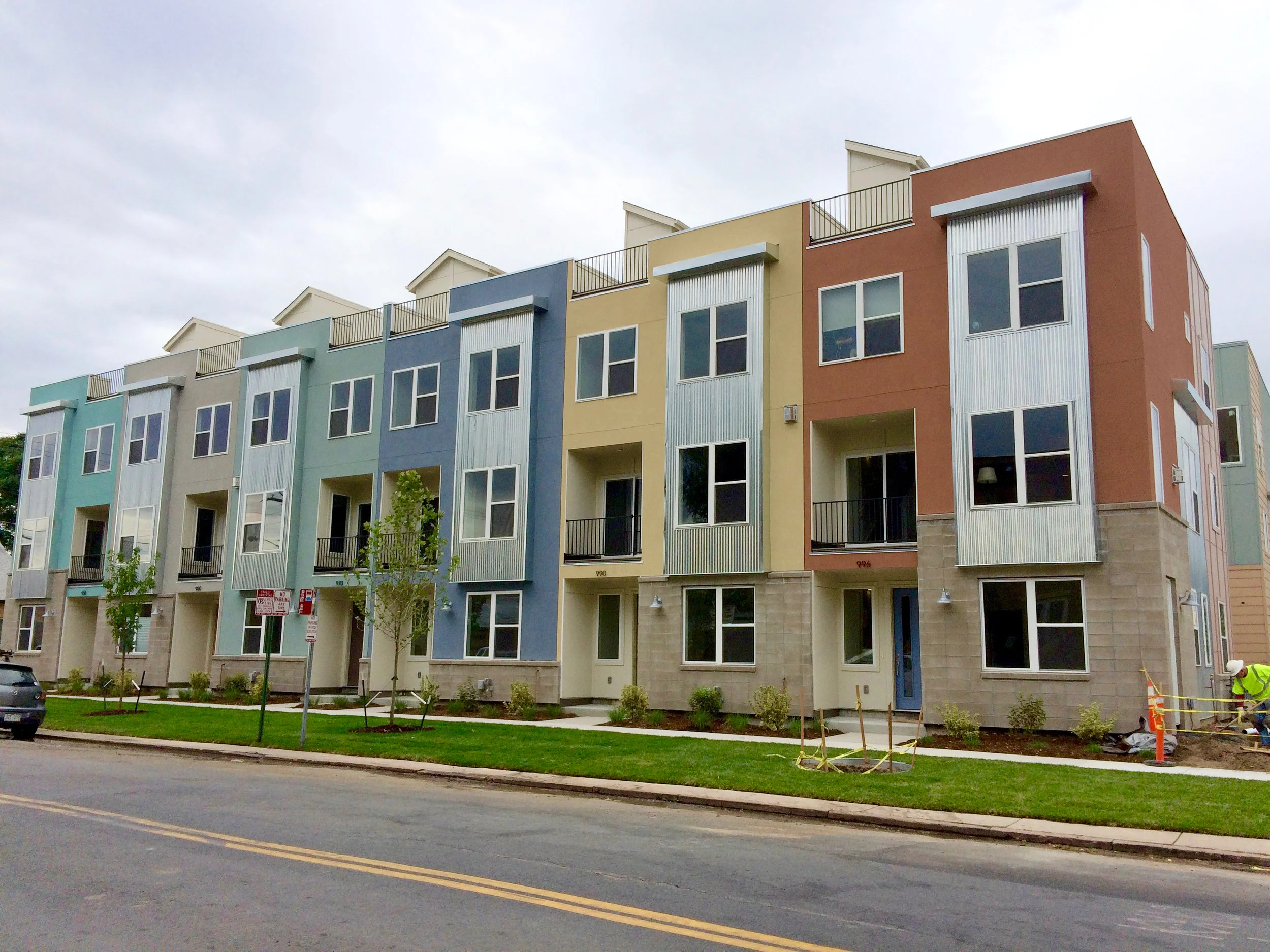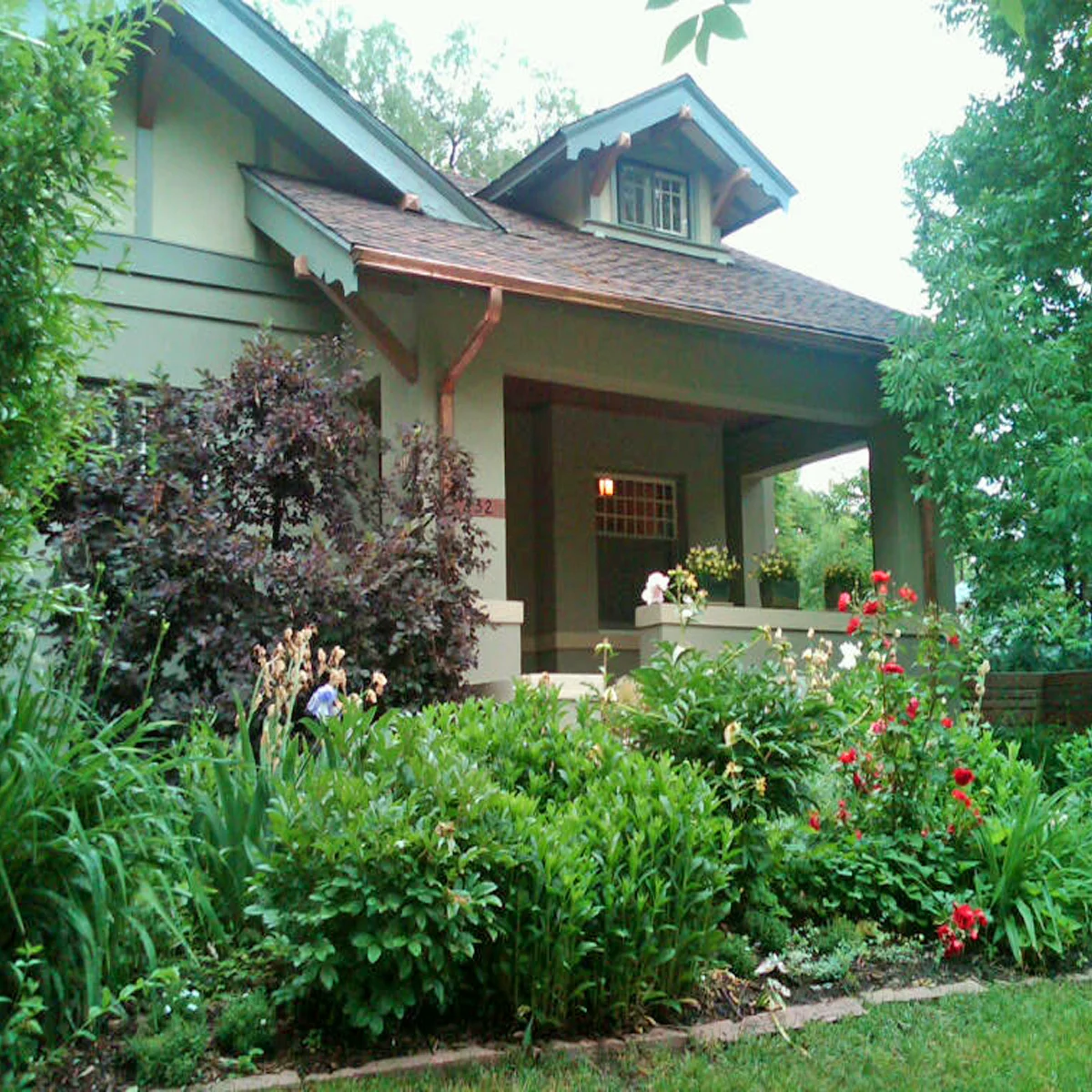We get calls and emails on a fairly consistent basis from homeowners who are looking for advice on specific painting issues—whether they are wondering what time of year to paint or attempting to paint an appropriate color sample on their home. We want to make sure each customer or DIY'er is armed with helpful information. A great resource we often reference ourselves is a website with a wealth of knowledge and practical advice—The House Painting Guide.
The House Painting Guide is a valuable tool for researching information on painting your home—from learning about the painting process to specifics on the actual paints themselves. You can get started in your home renovation with the help of this website's tools and tips—and as they suggest, turn to expert color consultants—The Color People—for our added design expertise and experience in the field of exterior architectural color in order to complete the vision you have for your home.
Here are a few of the comments and reviews from clients we have worked with in designing a custom color scheme for their homes.
“I do believe we have the best looking, most tasteful house in town! I would have never thought of these colors, but they work so well. I have been delighted with the results - it approaches a perfect match of color to my sensibilities.” - Keith
“Your service saved us alot of headaches and near misses. Although my husband and I have a good design sense, I knew instantly from seeing your color choices and placements that they would work, without even having to see the final result. Thank you again for your artistry and professionalism!” - Katherine
“It takes a real expert to not only choose compatible colors but to arrange them tastefully and with respect to what is authentically correct and appealing. We are extremely satisfied with The Color People and would enthusiastically recommend you to anyone!” - Barry
“Every time I drive up to our home, I appreciate your amazing talents!” - Libby


































